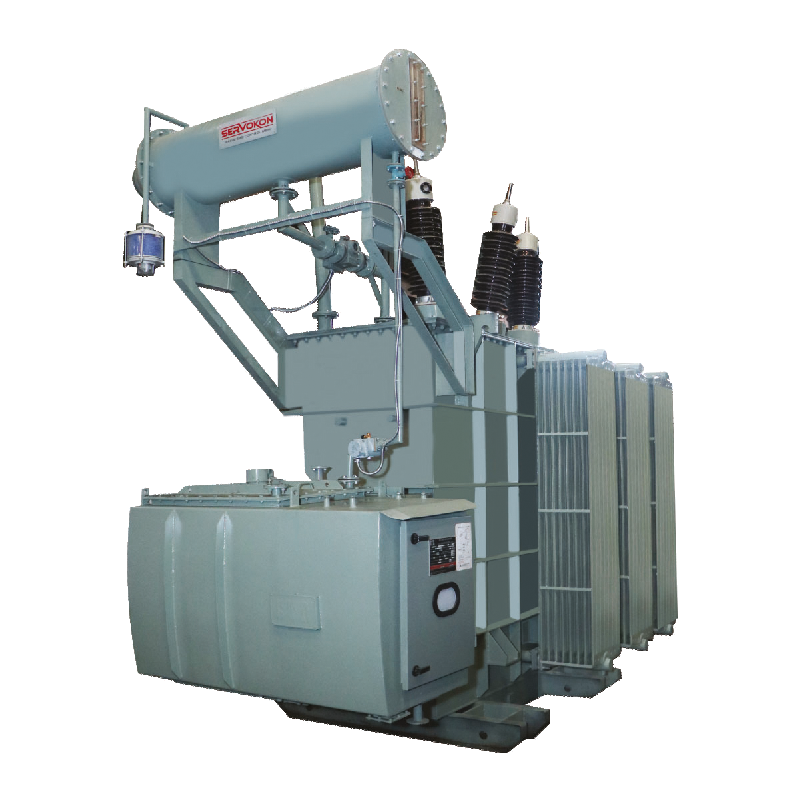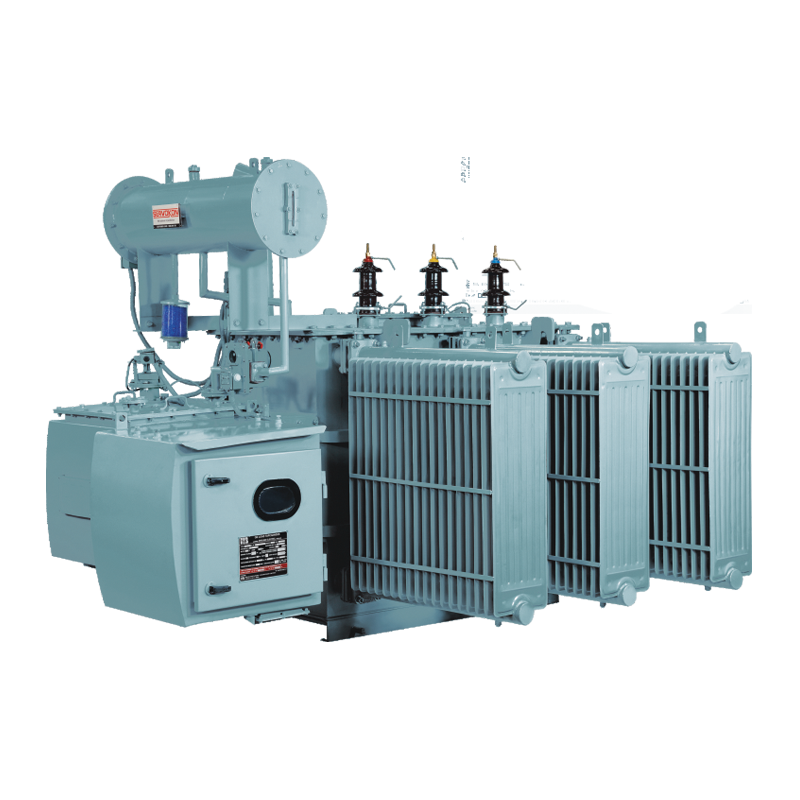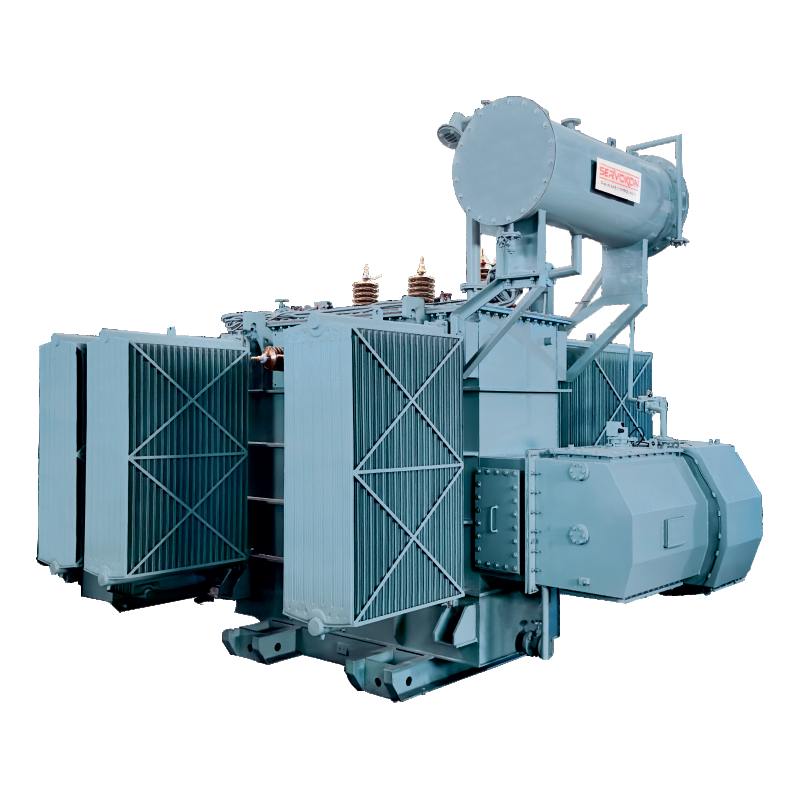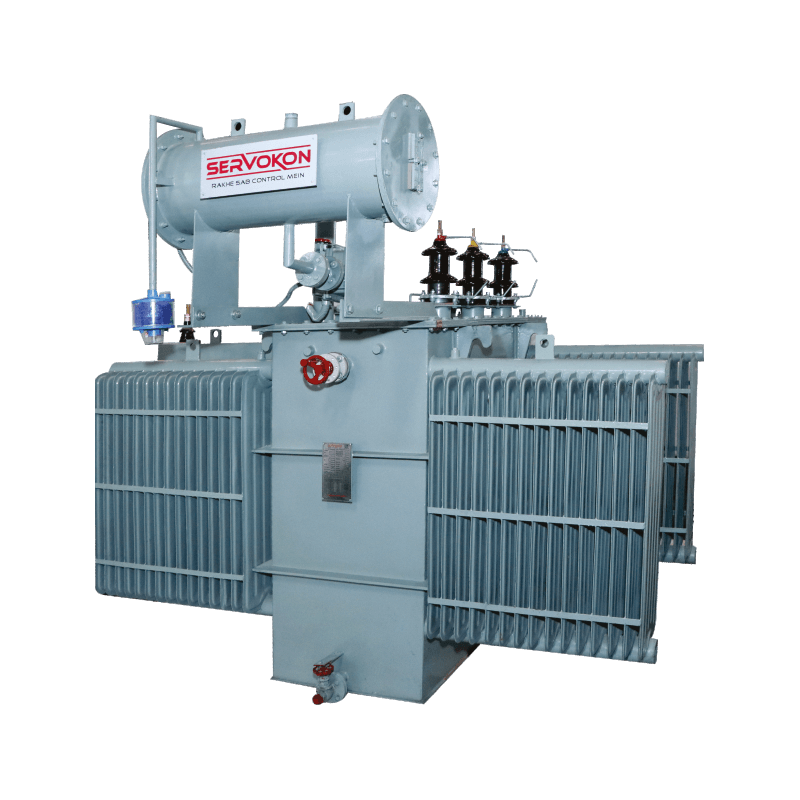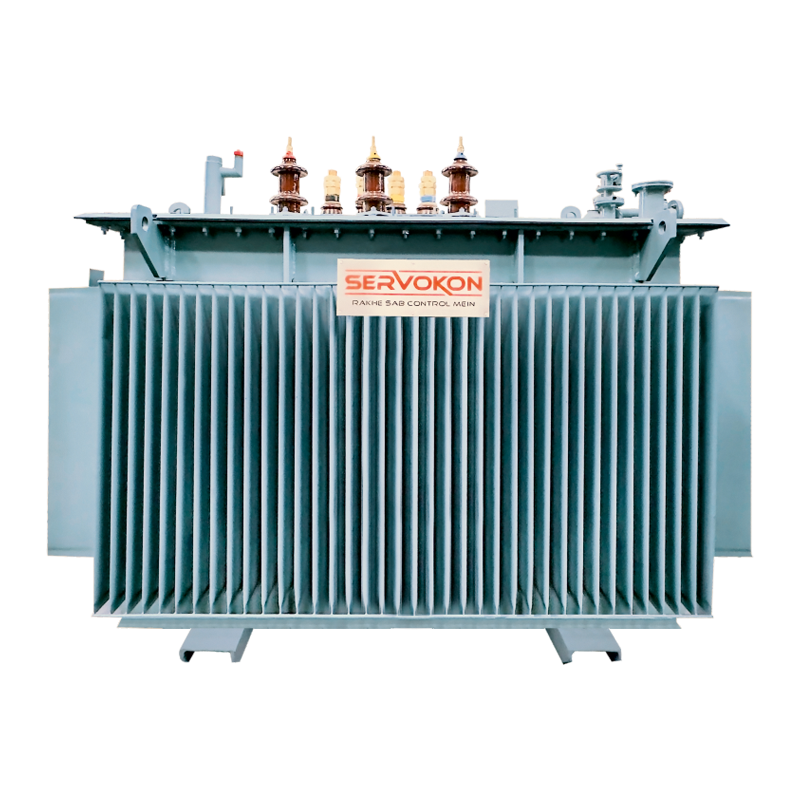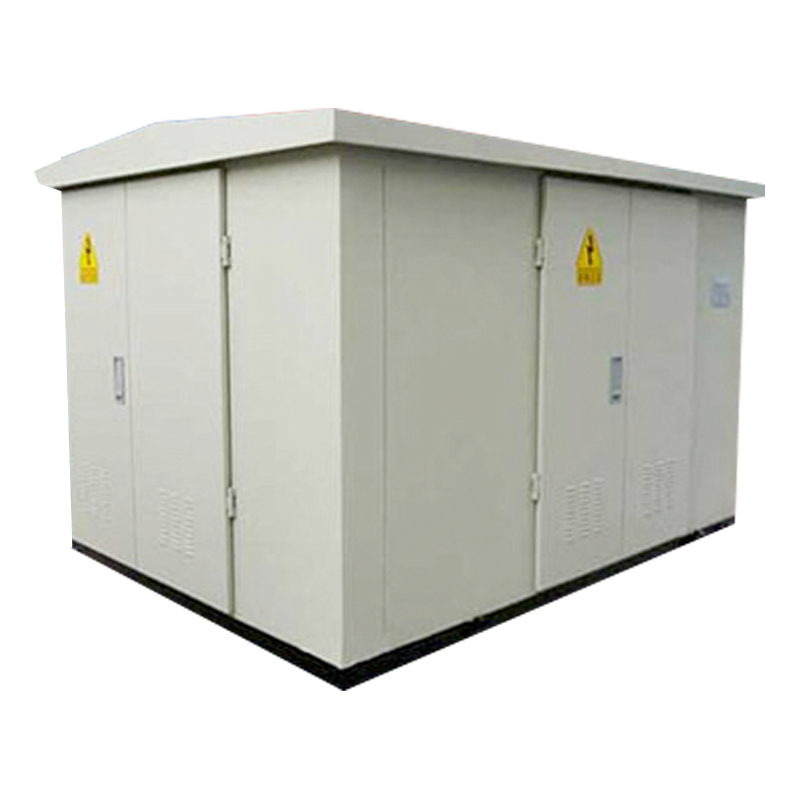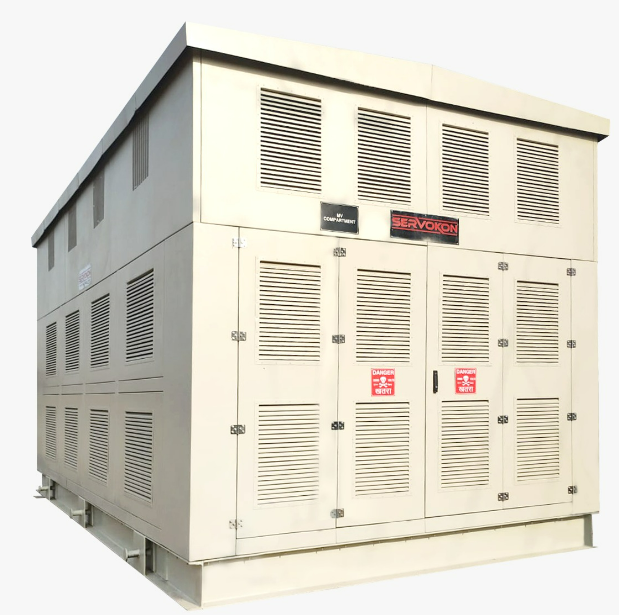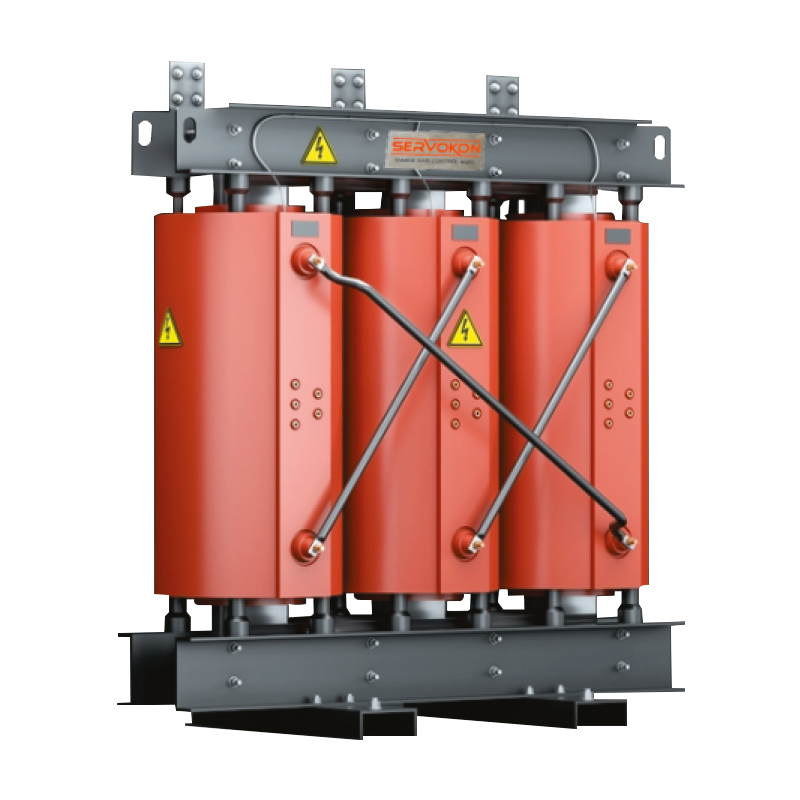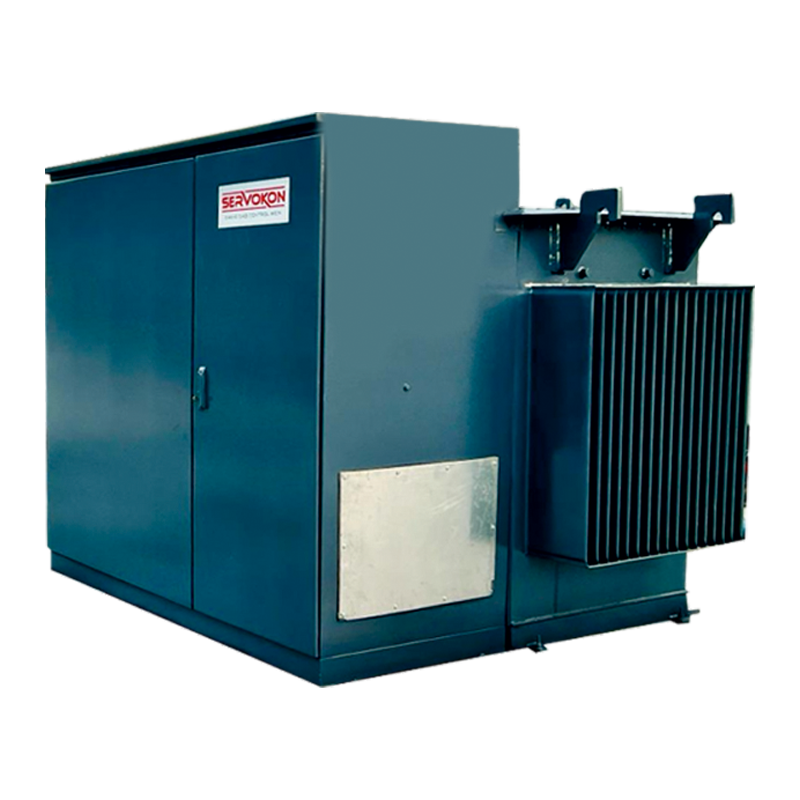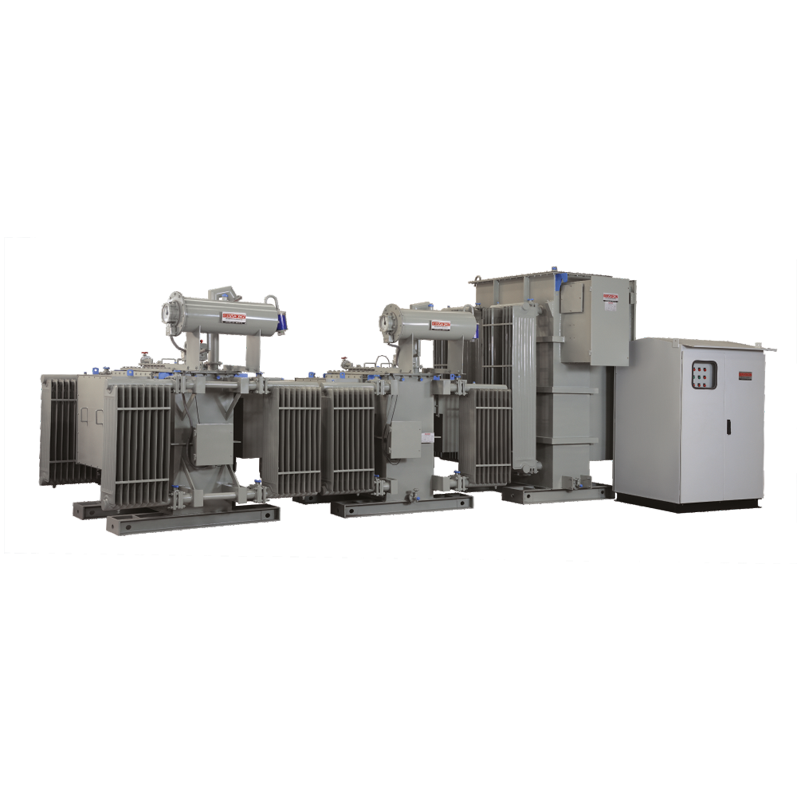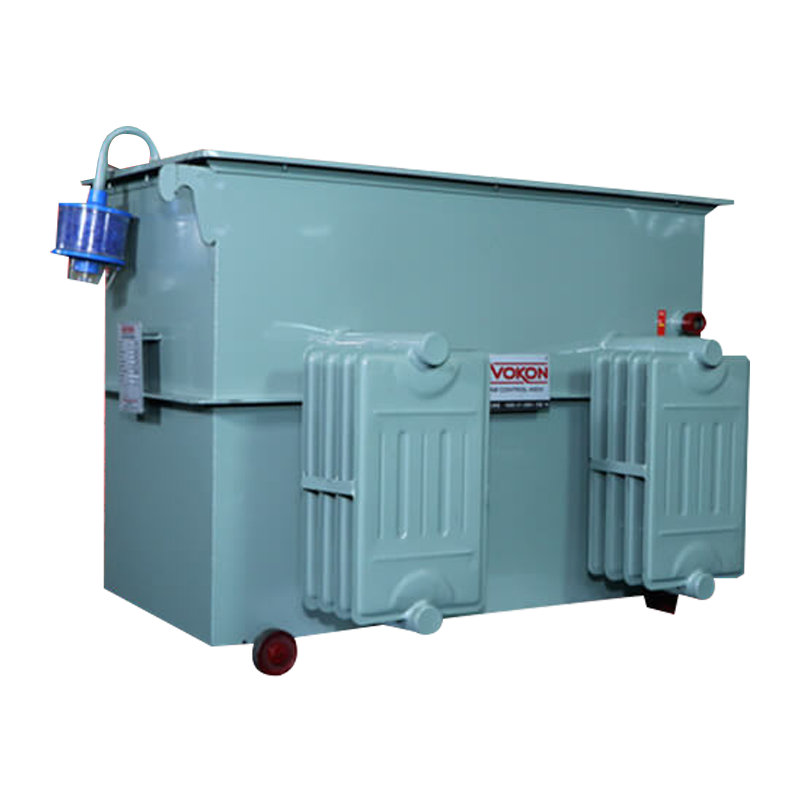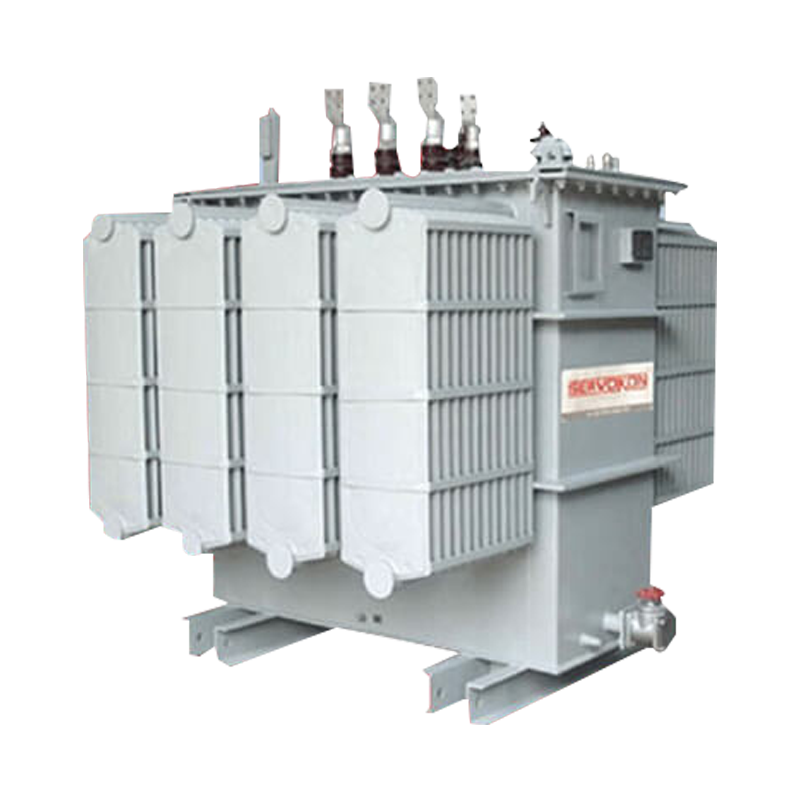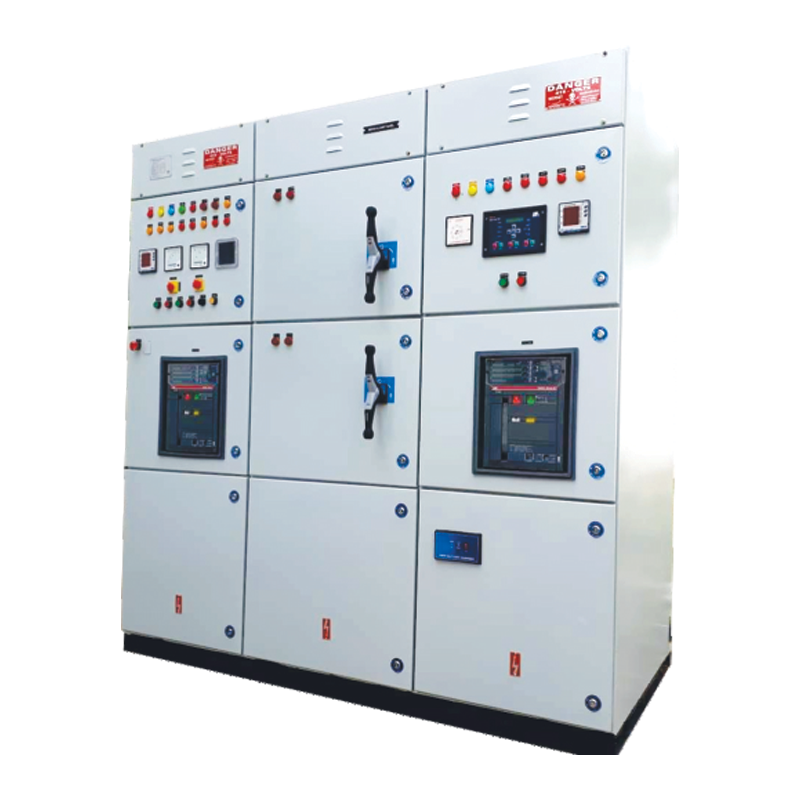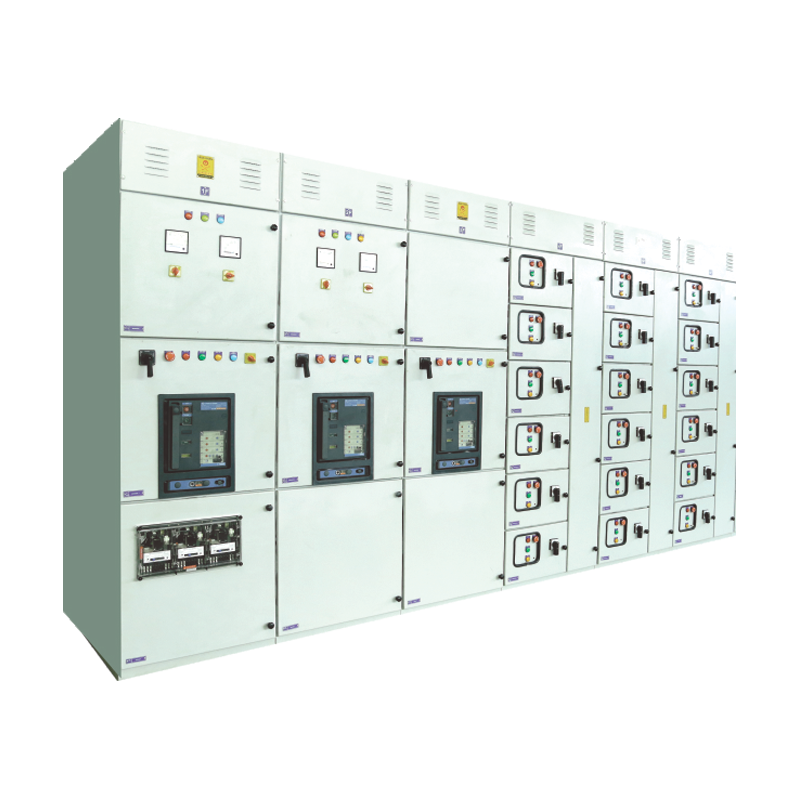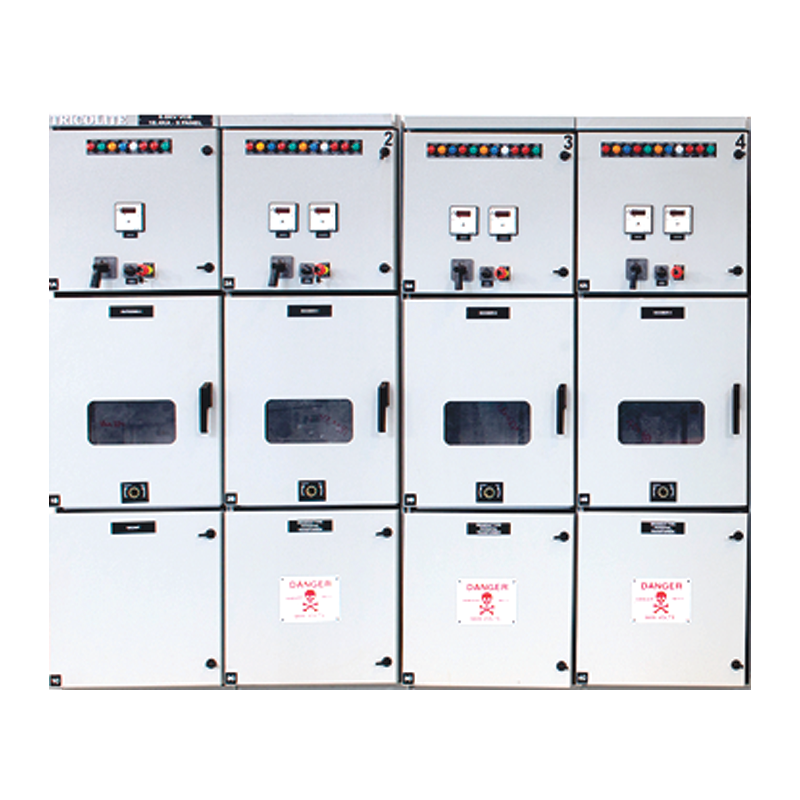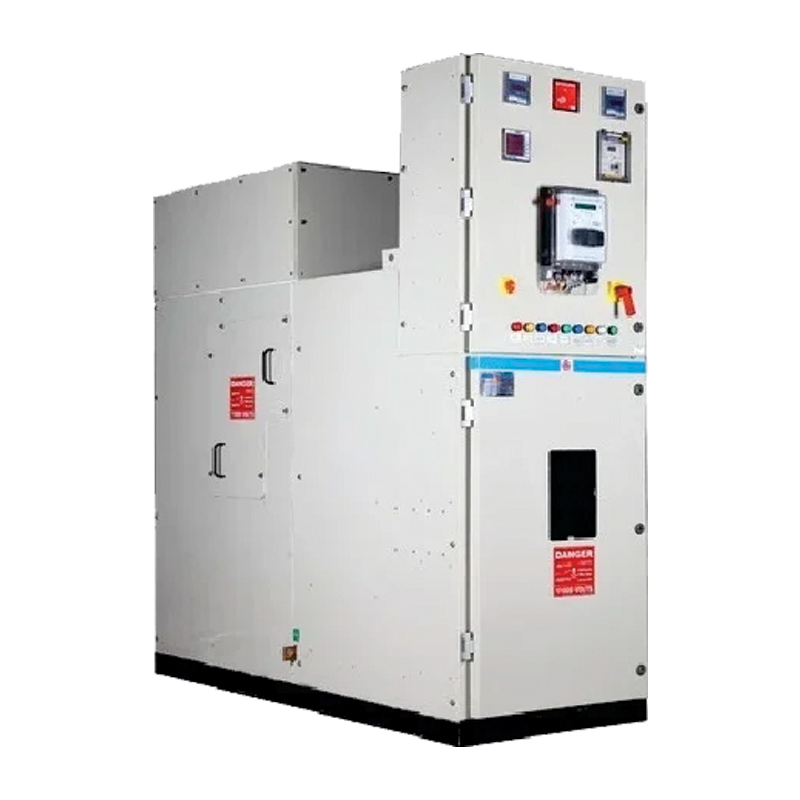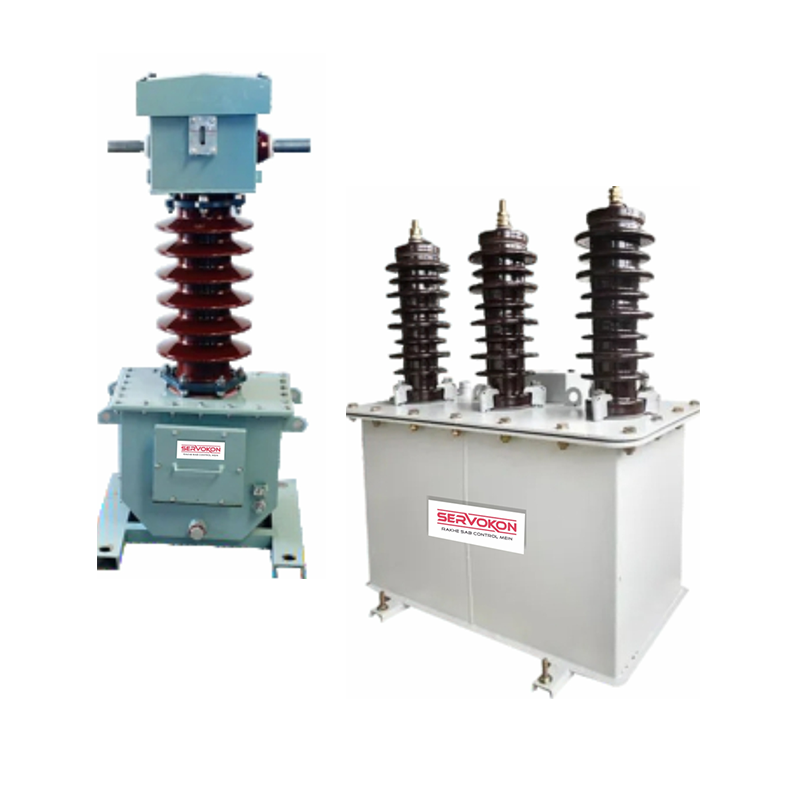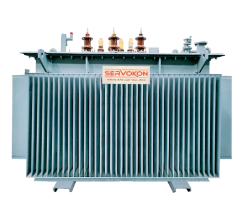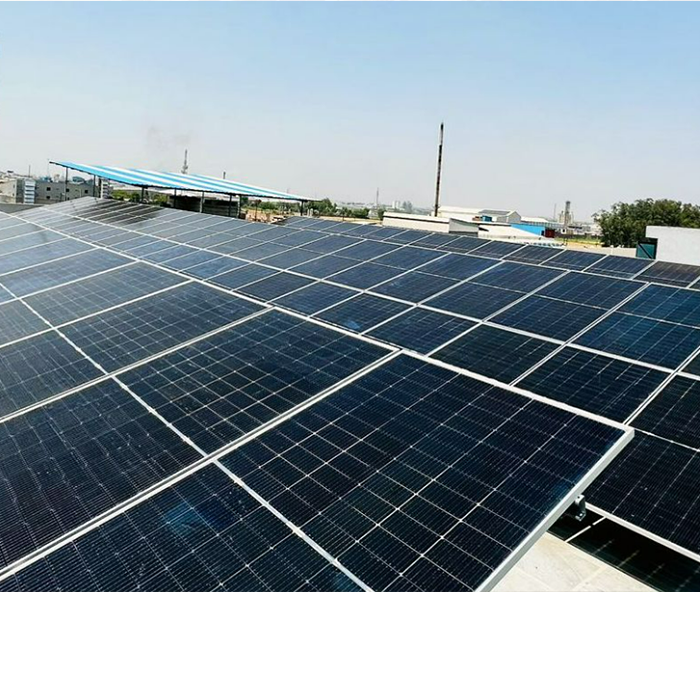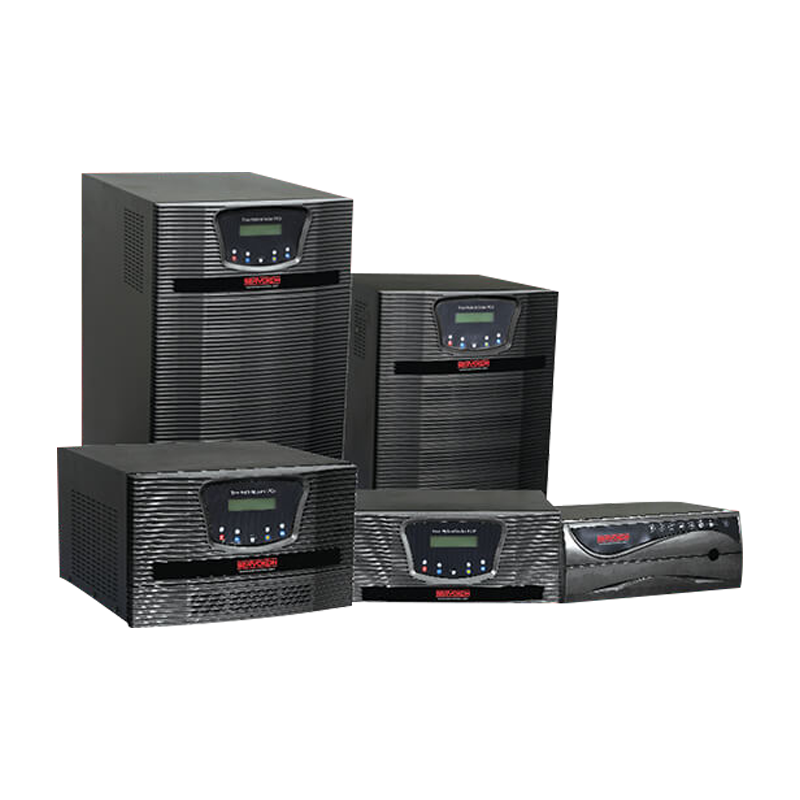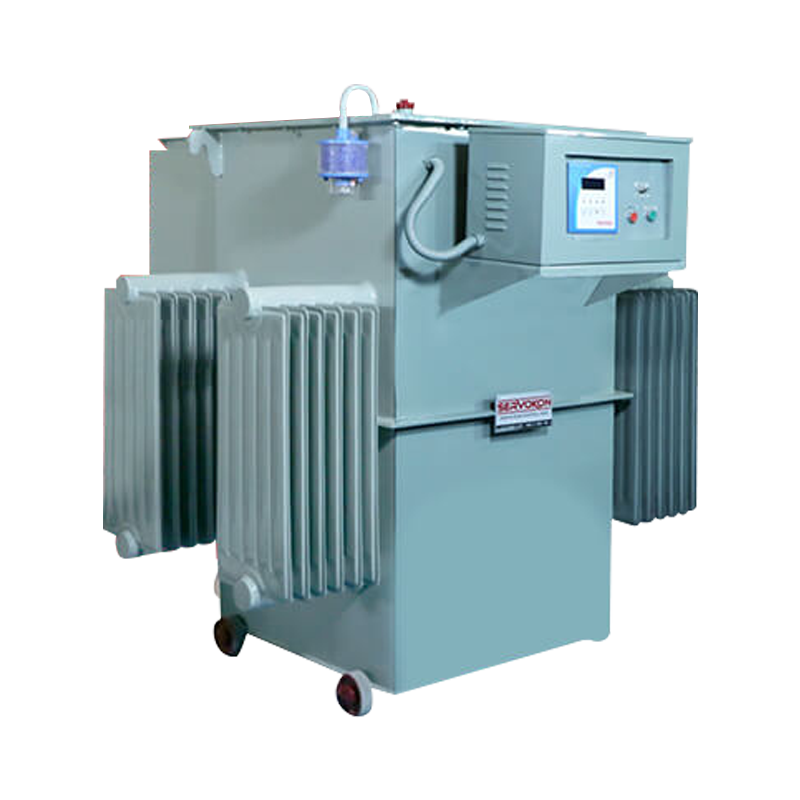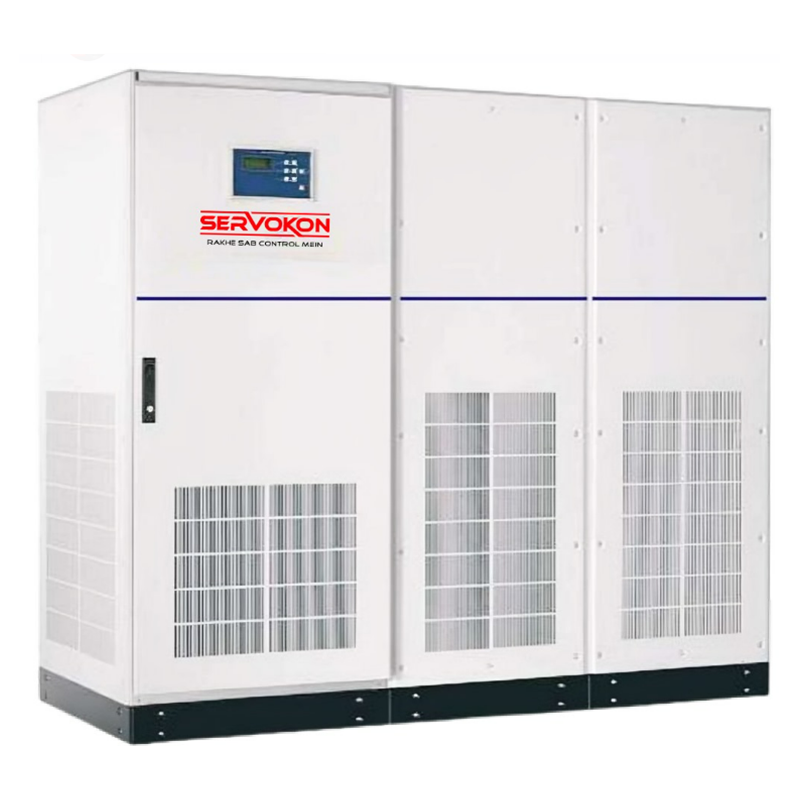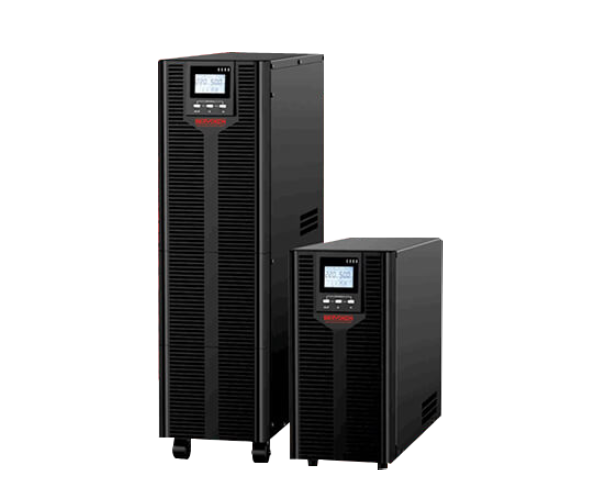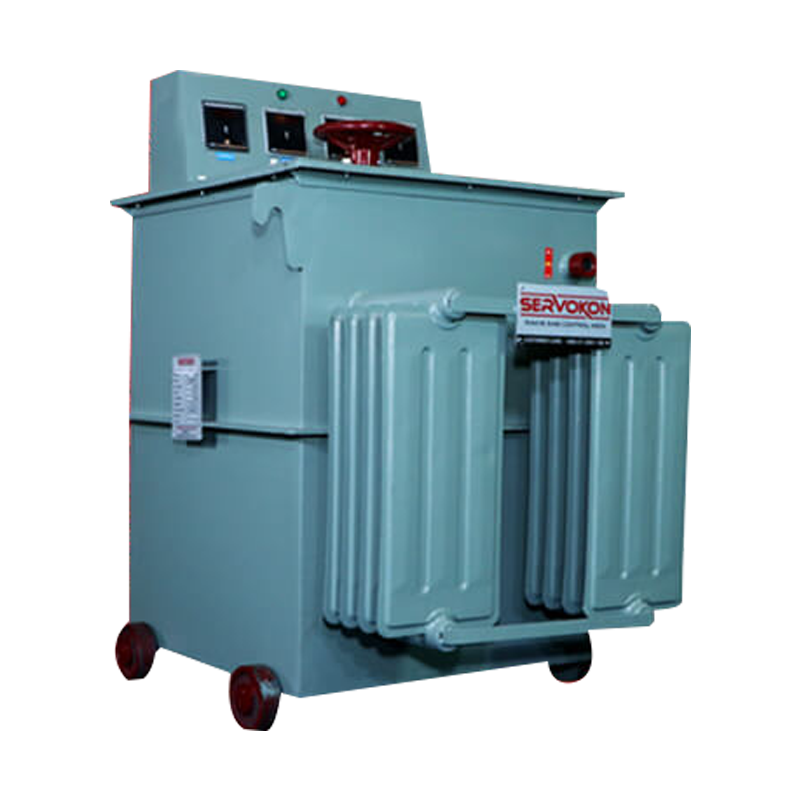Technological advancements have necessitated next-generation smart grids, a step ahead of conventional ones, to meet evolving power requirements. This article discusses the significance, features, and benefits of next-generation smart grid management.
The electricity generation, transmission and distribution landscape is rapidly evolving, driven by the demand for renewable energy sources, policy initiatives and technological advancement. India will witness rapid urbanisation and the rise of two more megacities with over 10 million residents by 2030 according to the UN-Habitat report which will propel electricity consumption, necessitating next-generation grid management to ensure reliable and affordable access to electricity.
An electric grid, consisting of an interconnected network, is a vital component of electricity distribution from producers to consumers. In the past few decades, digitalisation in power systems has led to significant advancements in grid management, offering various benefits. For instance, advanced control systems allow precise monitoring, control, and decision-making for efficient energy management. Data analytics help load forecasting and predictive maintenance, reducing cost and enhancing grid management systems’ efficiency.
Smart Grid and its benefits
An improved version of the traditional power grid and microgrid is a smart grid. Smart grid is a modern power generation, transmission and distribution system that automates certain tasks and manages the flow of electricity in real-time. These smart grids offer a range of benefits, such as enhanced efficiency via real-time monitoring and control of electricity usage which minimises the transmission losses and eliminates the need for additional infrastructural investment. Moreover, advanced sensors and automation technology make them responsive to issues like outages or voltage fluctuations. A smart grid also gives customers access to information that facilitates informed decisions about energy usage and managing costs. It can also enable the integration of renewable energy into the grid, such as solar, wind and energy storage, thereby reducing carbon footprints and achieving climate change goals.
The Puducherry Smart Grid Project is a shining testament to the benefits of automation in electricity distribution. Its smart meters enable two-way communication with the control centre to transfer data and receive control commands. The project also integrates a rooftop solar PV system through a smart meter and a net metering facility, allowing customers to save costs and generate revenue by selling excess electricity.
Next-generation smart grid
Despite its apparent advantages, the smart grid cannot meet evolving power requirements. The rapid technological advancements will necessitate absolute compatibility between grid components, programmable sensors deployment, real-time monitoring, analysis and decision-making with minimal latency and integrating intermittent electricity generation.
The next-generation smart grid has the potential to address these limitations by harnessing a constellation of cutting-edge technologies, including blockchain, alongside sophisticated data-driven methodologies and innovative edge computing solutions. Next-generation grid management refers to a structured approach for optimising the layout of the electric grid for a given set of existing and future (planned) loads and constraints to enhance the performance of the system. These grids leverage new technologies, making them more dependable and optimising electricity supply, benefitting the economy and environment. As datasets become more complex, these next-generation smart grids must encompass state-of-the-art storage systems with secured high-speed data transfer.
These next-generation smart grids will offer a plethora of benefits, such as faster and more efficient operation and access to more reliable, accurate data that can be harnessed through advanced data mining techniques for ensuring access to uninterrupted and efficient electricity flow from sources of generation to distribution. It will also have improved management and monitoring capabilities across the entire power system and more affordable, adaptable, and effective operation due to advanced data-driven analysis models and algorithms.
Cybersecurity in Next-Generation Grid Management
Nevertheless, advancements in grid technology are not without challenges, cyber threats being the primary one. A common vulnerability in grid operation is the insufficient protection of the ability to change control signals (setpoints). Hackers can exploit this as it uses several controllable devices. Advanced Distribution Management Systems (ADMS), a control room characterised by the sharing of models, measurements, database values, and control signals among applications, is also vulnerable to cyberattacks. This necessitates factoring in the long-term implications of cybersecurity in grid automation and management by deploying tools to evaluate the risks related to cybersecurity and scale up investment in grid communication infrastructure.
Way Forward
The research and development initiatives in grid management and automation will play a catalytic role in accelerating the development of next-generation smart grids. Reliable control operations powered by data-driven technologies will play an instrumental role in overcoming the drawbacks of conventional smart grids. Advanced computing techniques will minimise carbon emissions and ensure efficient energy consumption, aiding climate change goals.
Blockchain technology may be an answer to prevent cybercrimes due to its ability to store decentralised records of energy transactions in a certain time frame. Furthermore, the advancement in data-enabled asset monitoring will lead to the evolution of a robust energy grid by eliminating the chance of component failure and improving its longevity. However, adopting next-generation smart grids requires the development of a techno-economic model in terms of operational cost, time consumption, manufacturing cost, and computational efficiency, which must be addressed.
Servokon Systems Limited is redefining the electricity landscape:
With a legacy of more than three and a half decades, Servokon Systems Limited is revolutionizing electricity landscape through a state-of-the-art range of transformers such as power transformers of up to 50 MVA and up to 66kV primary/secondary voltage with both Off Circuit Tap Charger (OCTC) and Off Load Tap Charger (OLTC) along with necessary accessories, Distribution Transformers, Hermetically Sealed Transformers, Solar Transformers, Furnace Transformers, Compact Sub Station and many more. The use of world-class technology, stringent quality control and excellent customer service sets us apart from the other players in the industry.

